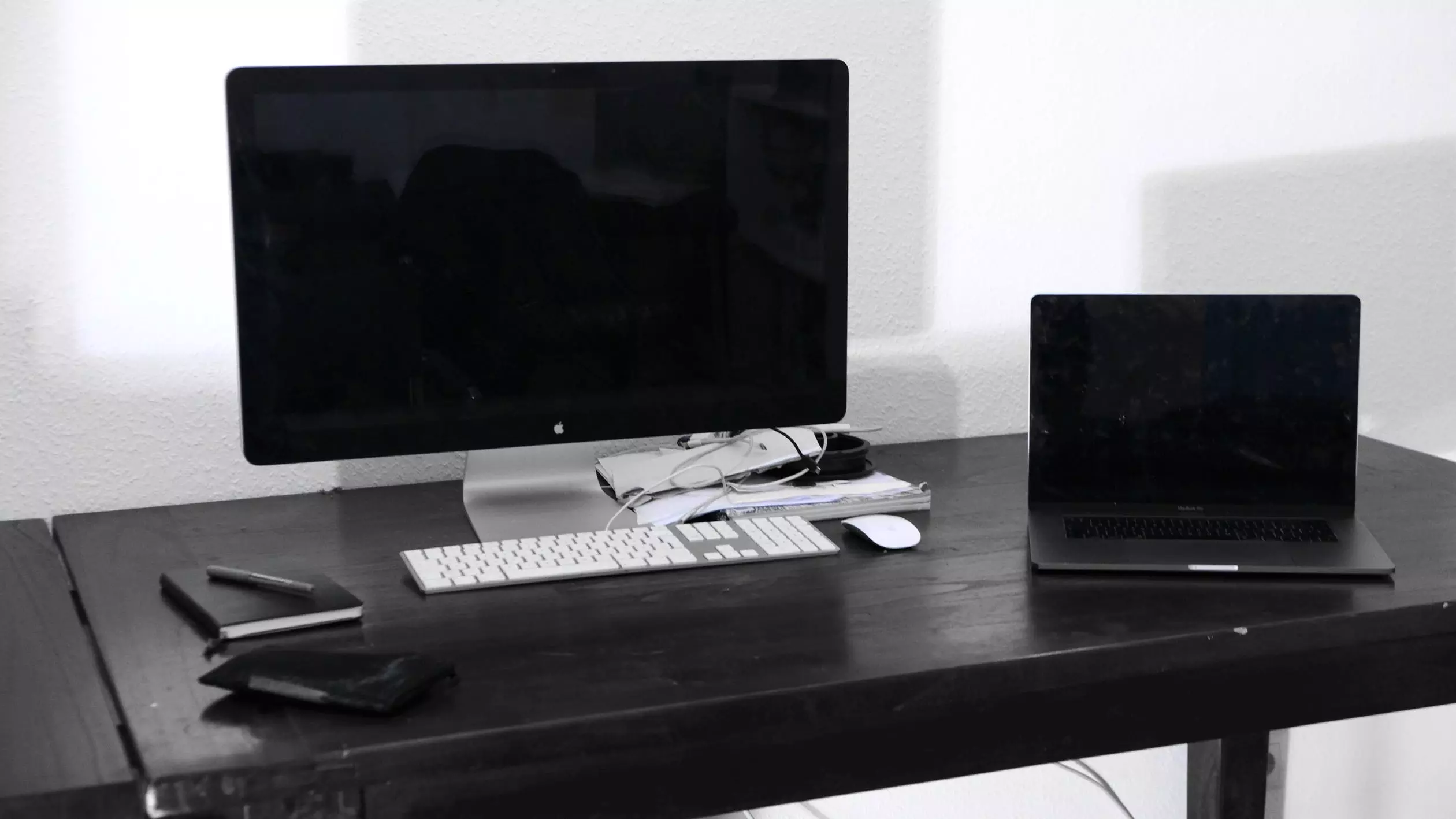Sometimes your computer may stop working completely, or it might be running at a snail's pace.
Quite often there are problems with either the hardware or software on your computer or possibly even with programs or apps you have added along the way. Resolving computer problems as soon as you can is a priority, so to begin with you need to establish where the problems lie.
To start with it is wise to make use of your computer's troubleshooting facility, see if it comes up with any issues that it might have flagged. If not, then don’t panic, it is now just a case of identifying the problem, testing the solution, and getting your computer back to working as efficiently as it was before. If you struggle to establish the issue, or you feel it is above your capabilities then seek support from www.manhattantechsupport.com as getting issues resolved in a timely and efficient manner by a professional will keep your stress levels to a minimum. Also, hiring someone will ensure you don't cause any damage to your computer while you are in the process of trying to fix it.
TROUBLE SHOOTING HARDWARE AND SOFTWARE ISSUES

1. How to Find Hardware Issues
Physical components of the computer are things such as nothing visible on the screen, the keyboard fails to work, your computer is just not turning on, or the monitor display is not right and may be patchy even once fully loaded. To identify hardware issues and problems always ensure that your computer and related plugs are all working and turned on. Check different sockets if possible to ensure fuses aren't blown in plugs.
Once you have checked the power and power supply you next need to start checking everything individually so you can rule out things as you're going along. So, being with their keyboard then look at the monitor and so on. Use different ports to narrow down where the issue lies. This may sound tedious but it could save you going round and round in circles.
2. How to Recognise Software Issues
Software problems normally appear when the startup process is complete. If you find some applications no longer work as efficiently or speedy as they did before then it is probably due to software problems. To identify software issues check that your antivirus or malware software is running, and, of course running correctly, ensure that all programs are up to date and that they are the latest updated version. If programs have recently been updated and you feel this is the cause of your computer issues then try and uninstall the software then, reinstall it again. If all else fails then try the fail-safe method of turning your computer off and then on again!
4 COMMON PROBLEMS YOU MAY EXPERIENCE

There are quite a few common problems that you may experience which may be easier and quicker to fix than you think. For example:
1. Computer Keeps Restarting
This could be your graphics card, motherboard, or network drivers, it could also be down to your problems when updating. Virus protection, malware, and adware software can cause your computer to crash and restart.
2. Frozen Computer
This will be a software problem. Try and establish what software you are using just prior to your computer freezing. Check out the software once you have established which one is causing you problems and see if it is the most up-to-date version, if not install updates and see how you get on.
3. Computer Is Running At A Snail's Pace
This could be either software or hardware related. If it is the software it could be as a result of malware or a build-up of temporary files. If it is due to the hardware it could be that the hard drive is beginning to fail, it does not have enough RAM left, in which case you will be looking at a replacement.
4. Slow Internet
This could be one of several things, it could be an issue with your supplier and the speed they are providing you with, it could potentially be the hard disk on its way out, or it could even be programmed using up too much bandwidth. If you can check the speed you are receiving from your provider then that will at least eliminate one potential outlet.
Try and solve problems as and where you can buy narrowing down where the issue could lie. Always check your connections and check that all external pieces of hardware are correctly plugged in. Make sure sockets are working and that one small thing is not throwing you completely off the track.





Leave your comments
Post comment as a guest